Inside J Craft: the prettiest, toughest, least sensible business in luxury
A chance sighting in Monaco, a disastrous DIY boat experiment and a dying founder’s final wish: how one man became the custodian of the most beautiful — and least scalable — boat company in the world
Radenko Milaković is annoyingly and disappointingly a very nice man. Try as I might over the course of our hour-long Zoom conversation, I did my damndest to dislike him — but I simply couldn’t. You see, anything to do with sailing usually smacks of twattery, doesn’t it? From the “château to the bateau,” I assumed he’d be a cross between a real-life Gstaad Guy and something out of Succession.
But he’s not.
He’s just a very nice man who’s found something he enjoys so much that it’s given him purpose — actual meaning — in a life already full of success. He’s like you and I, really, only with enough money to take an expensive hobby to its final-boss, nth-degree level of actualisation. And the thing is? Unlike the endlessly miserable rich people of Succession and White Lotus, Radenko’s life as the owner and CEO of J Craft sounds like rather good fun.
Unusually, in an interview, he asks me questions.
“Have you been to St Tropez?”
“No,” I reply. “It’s a gap on the CV.”
“You should come.”
“I would love that,” I say.
“You should come down and I’ll show you the boat — I’ll show you the lifestyle.”
Astonishingly, I think he actually means it.
The journey begins, naturally, in Monaco, where Radenko finds himself on the 13th floor of his apartment overlooking the main harbour of the principality. Down below, wedged in among the big, shiny bateaux of the popular imagination — the kind that make you hate the rich — is a small and unusually charming little boat that catches his eye. Intrigued, he pulls out his binoculars.
“I really loved her appearance,” he says. And like all great beauties, she’s complicated, with hidden depths that only reveal themselves up close.
“I thought she was Italian.”
But no — she’s Swedish.
“I thought she was a wooden boat.”
But no — she’s fibreglass.
“I thought she was a Riva,” he says — the boat made famous by George Clooney on the shores of Lake Como.
But no.
“He told me, ‘No, this is a J Craft.’”
You know how it is: you lock eyes with someone, you smile, they smile back. One drink turns into a date, and before you know it you’re in deep. One look from thirteen floors up was all it took for Radenko’s life to change course forever.
Key to the J Craft’s appeal is its charming, mid-century design which, yes, does recall the burnished mahogany-and-shiny-chrome splendour of a Riva, or its American cousin, the Chris-Craft.
These are the boats of La Dolce Vita — of matinee idols and femme fatales. People don’t hate you when you’re pootling along in one; they ooh and aah and take photos. They instinctively assume you must be a nicer sort of person. They like you.
There’s a parallel in the world of vintage supercars.
“You know, if you drive a 50-year-old Ferrari through the city of London, people will look at you and smile and congratulate you and have lovely conversations with you — young, old, male, female, doesn’t matter,” says Radenko.
“But when you drive a brand-new Ferrari, they all think different… ‘oh shit’, you know. And it doesn’t have to be Ferrari — any supercar.”
“Our boats are the opposite,” he says. “Whether rich, poor, young, old, male, female — people come up to us and just want to talk.”
As Radenko puts it, the J Craft has a kind of talismanic charm.
“Do you know the Arab evil eye? The blue little thing that’s supposed to ward off bad luck? My boat is like the floating equivalent of that.” — Radenko
However — and here’s the crucial twist — beneath the bonnet of a J Craft lies an engine, specification and hull of near military-grade hardness. The windows are bulletproof, not because anyone is likely to be shot at any time soon, but because a J Craft can cut through seas so turbulent the windows have to be that strong. This is the essential contradiction, and the real seduction: the J Craft is simultaneously pretty and unmistakably Viking-tough.
Next to it, a Riva or Chris-Craft starts to seem like a toy — the kind of thing you’d bob around in a child’s bath — while the J Craft is busy carving through open water like it’s butter.
And here’s the other improbable thing about J Craft: as a business, it barely makes sense. A single boat eats up four thousand man-hours of labour — four thousand hours of Viking hands sanding, shaping, laminating, stitching, buffing.
And that’s before you get into the preposterous demands of the customers, of which there are precisely two per year. Boats lined entirely in custom Hermès leather or Fortuny silks from Venice. Interior walls colour-matched to the client’s favourite sports car. Once you’ve factored all that in, there are probably corner shops with higher margins.
Radenko, to his credit, doesn’t pretend otherwise. This is not a growth story or a scale story. This is not Tesla. It’s not even Riva. “It has to make sense,” he says, “but it doesn’t have to be big.” Which is CEO-speak for: if I break even and get to keep doing this, that’s enough.
But hey — if you want fabulous riches, that’s what hedge funds are for. (That’s what Radenko did before this.)
It’s more than a hobby, though. Long before he bought the company, Radenko tried to bend a J Craft to his will — and very nearly killed it. He wanted a long list of impossible modifications that only an over-confident amateur with more money than sense would dream up. The shipyard laughed him off. “In the end, I said, look, screw you — I’m going to do it myself.”
He found the original mould in a barn, hired a team of boat builders, and insisted they install a Volvo Penta IPS system they assured him would never work. They were right. “Because I was ignorant at the time,” he says, they took it out to sea — where it immediately bolted to 55 knots and then refused to turn, ploughing forward like a runaway shopping trolley.
Even this has parallels with the company’s founder.
“Mr Jens Jansson — the J in J Craft — loved that classic Mediterranean look. But what he wanted was a Nordic boat under the skin… built for the Baltic and North Sea… violent seas… The real origin story was when he smashed a Riva because she broke literally in the sea.”
Experts inspected Radenko’s handiwork and delivered the verdict: the hull was never designed for this, and fixing it would require so many changes it might as well be a new boat. Instead of giving up, Radenko walked straight into the founder’s office — and inadvertently into the responsibility of protecting a legacy.
“It all started with wanting to buy a boat… and then it developed into: well, I can’t have the boat that I want — so what do I need to do to get it? And that led me to ultimately acquire the company.”
Björn Jansson, who had spent a lifetime building boats that looked Italian but behaved like Nordic warships, was now terminally ill with Parkinson’s. “I’m not going to make it very long,” he told Radenko. “I’m not prepared to invest my family’s money into a new development that I will not see the benefit of.”
By the time they met, Jansson was already terminally ill with Parkinson’s. Radenko acquired J Craft in 2007; Jansson died in 2011. So they sat down — two men bound by a boat neither of them could quite let go of — and over a few weeks hashed out a deal. Radenko would buy the shipyard. He would develop the boat properly, respectfully. He would maintain the brand. And Jansson would bow out with “a legacy more or less intact… something that was going to outlive him. That was his wish.”
This is when it all makes sense: the lunatic modifications, the four-thousand-hour boats, the stubborn refusal to scale. This isn’t a business plan, or a hobby, or even a passion project. It’s a promise to a friend. And Radenko — annoyingly nice, maddeningly sincere, terminally enthusiastic — is determined to keep it.
The men who build these boats live on the island of Gotland in the Baltic — a place steeped in Viking history, with a population who look and behave like the legends of old.
“They live it day to day, and they personify it,” Radenko says. “Hardened sea bears. They’re all big men, tattooed, big beards.”
Among them: a former captain of a warship who is now J Craft’s chief master builder; an underwater demolition specialist; a mine diver — all ex-military. They drink like Vikings, too. Somewhere around “five bottles of wine later, the real Viking comes out,” Radenko tells me. “And the Jägermeister. They love Jägermeister.”
These are the calloused hands that spend four thousand hours sanding, laminating and stitching each boat into existence — mid-century glamour, hand-built by Norse warriors. ‘Man-hours’ may officially be a gender-neutral economic term, but for once the old phrasing feels apt.
I began thinking this was a story about a rich man’s hobby — a beautifully irrational business propped up by enthusiasm. But it’s more than that. It’s a way of life, a preservation of a centuries-old seafaring tradition that now stretches beyond J Craft, beyond its founder, Björn Jansson, and beyond the company’s current custodian.
“My daughter has grown up on this boat,” Radenko says. “She’s now much more of a mariner than I will ever be.”
The boat has given her “so many beautiful memories… a spirit and love for nature and the sea,” and he hopes that love will take root in her — “something she can then pass on to her children.”
“That’s another part of it,” he adds. “This idea of immortality and leaving a legacy… passing not only the memories along, but literally the item on which these memories are created — the stage on which life is lived to the fullest.”
Did you enjoy this newsletter? Please forward it to a friend or colleague, or share your thoughts with us on Bluesky or on Instagram.



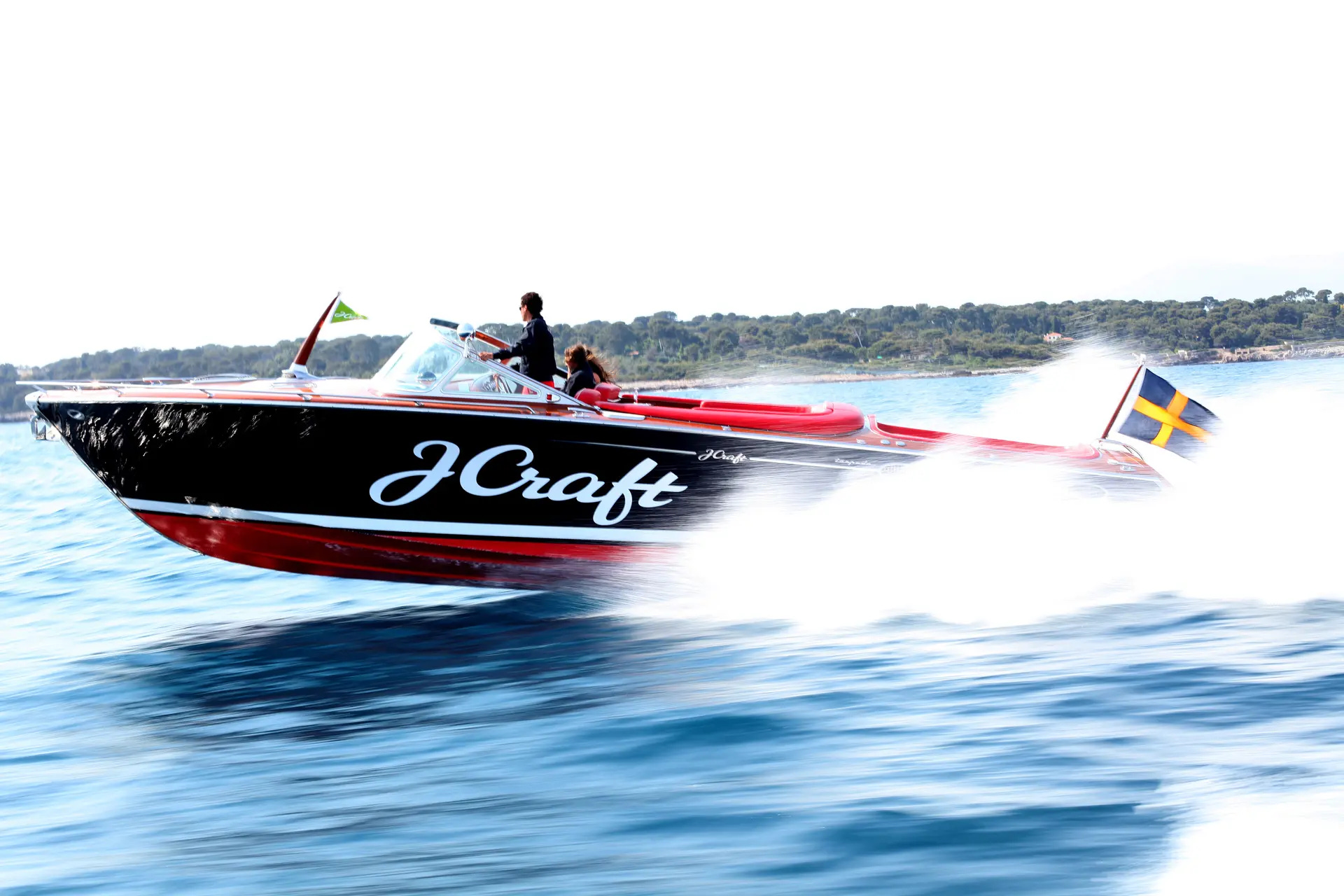
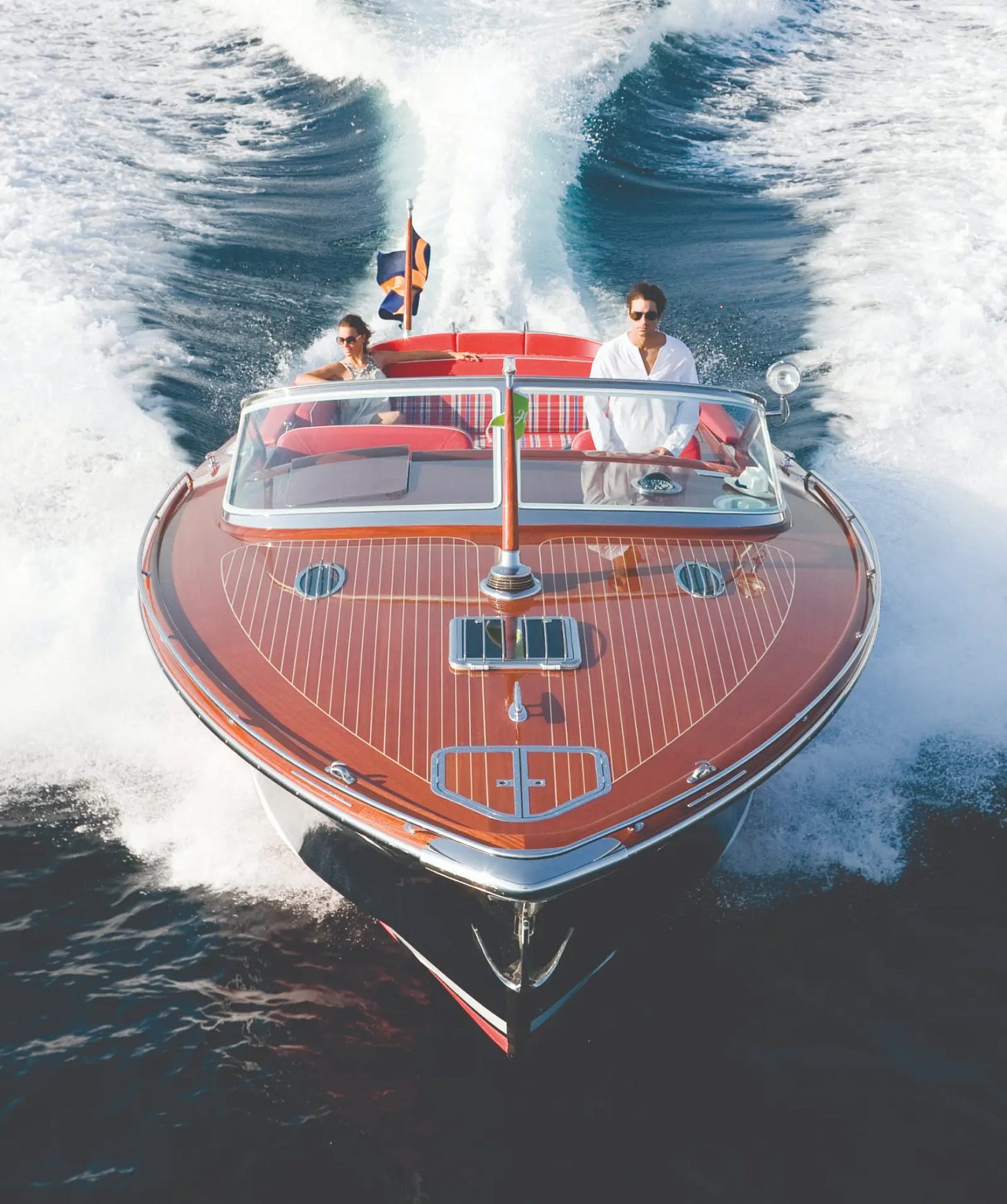


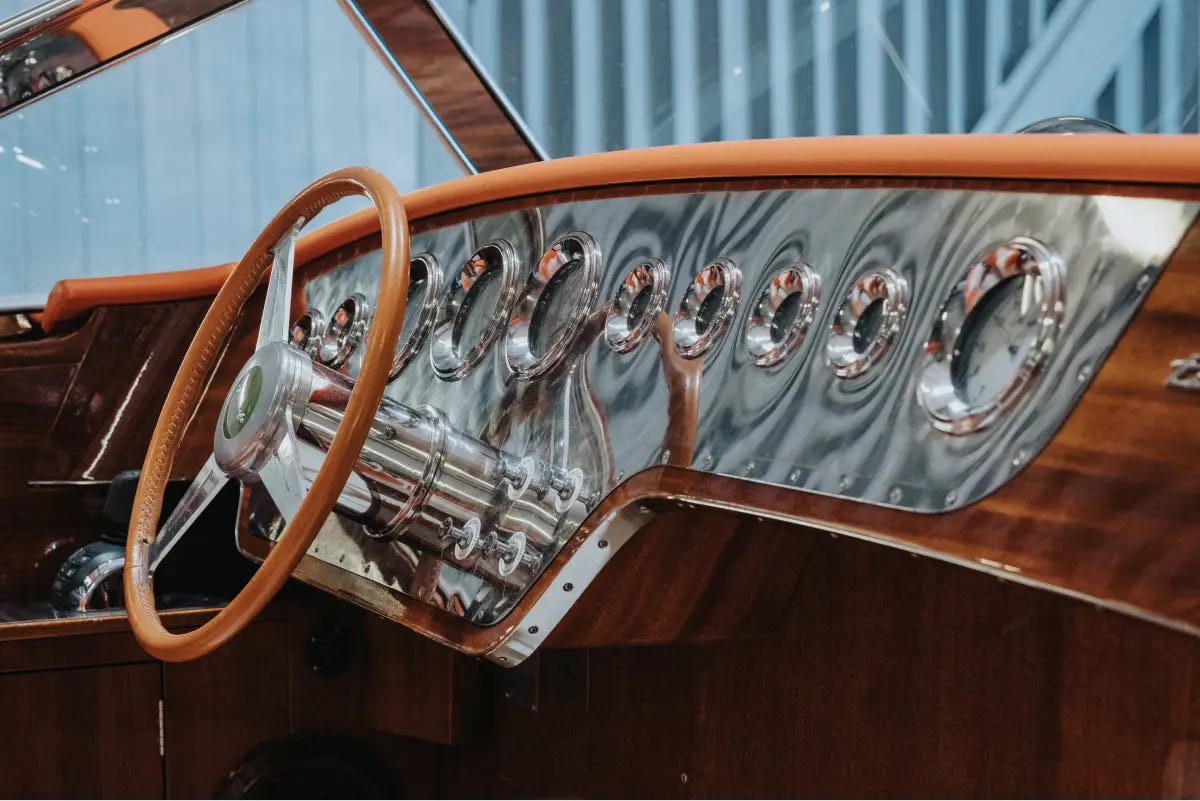


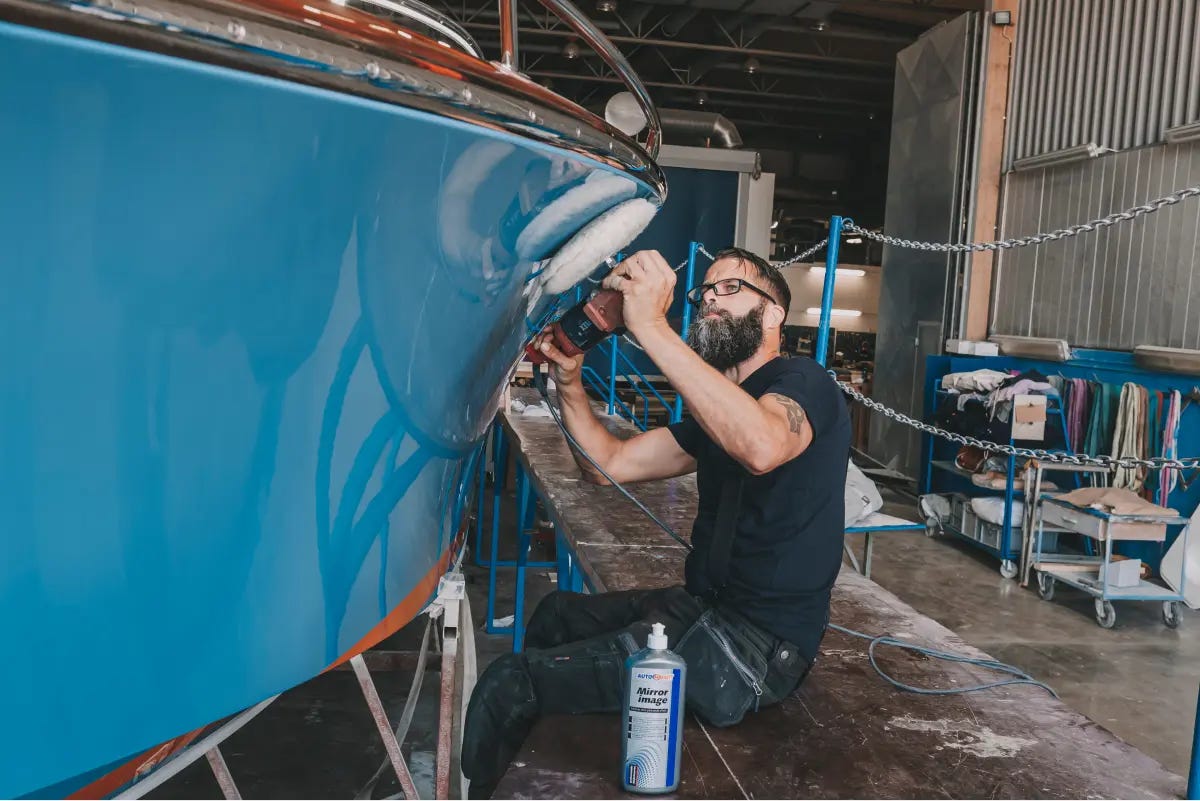
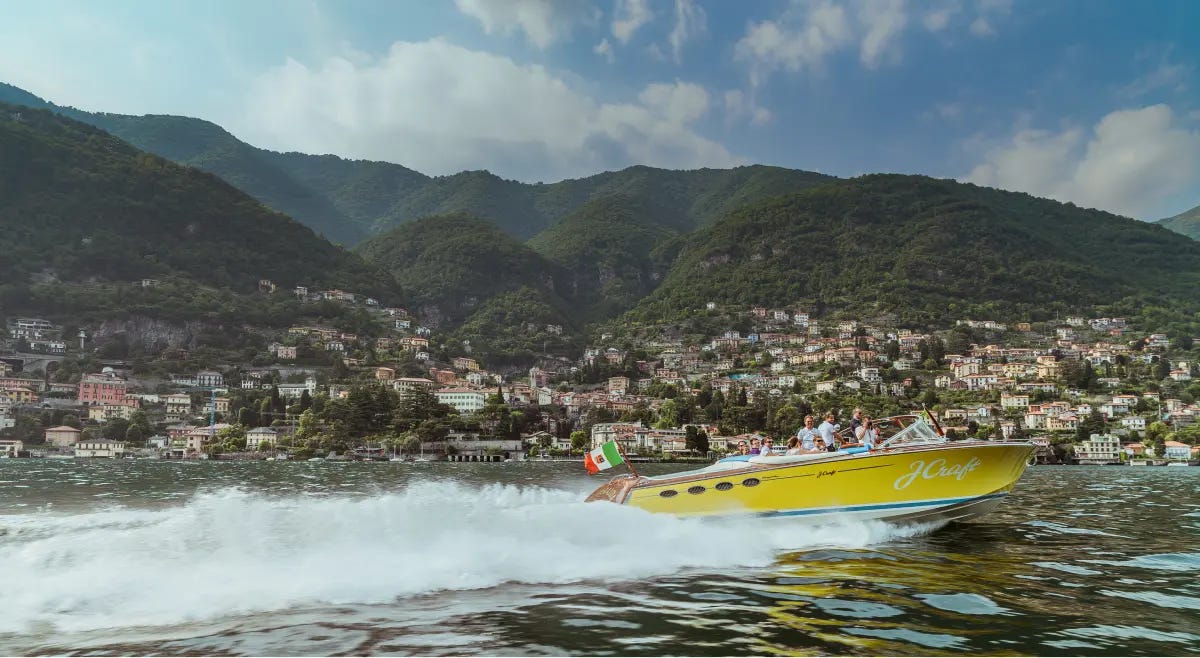

Great piece on a business I knew little about. Really enjoyed this. Bravo!